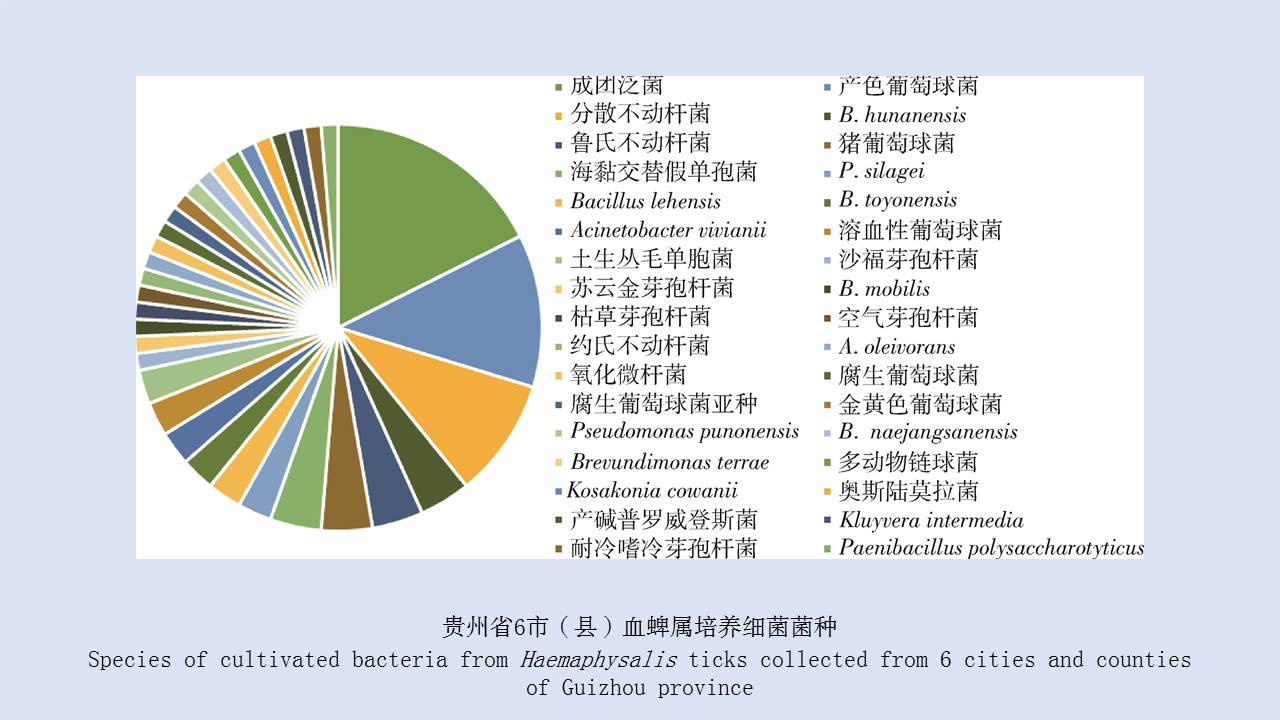 PDF(1706 KB)
PDF(1706 KB)


 PDF(1706 KB)
PDF(1706 KB)
 PDF(1706 KB)
PDF(1706 KB)
贵州省部分地区蜱及其携带细菌调查
 ({{custom_author.role_cn}}), {{javascript:window.custom_author_cn_index++;}}
({{custom_author.role_cn}}), {{javascript:window.custom_author_cn_index++;}}An investigation of ticks and tick-borne bacteria in some areas of Guizhou province, China
 ({{custom_author.role_en}}), {{javascript:window.custom_author_en_index++;}}
({{custom_author.role_en}}), {{javascript:window.custom_author_en_index++;}}
| {{custom_ref.label}} |
{{custom_citation.content}}
{{custom_citation.annotation}}
|
/
| 〈 |
|
〉 |